
- Blog, Snake
How Do Snakes Communicate?
- November 7, 2024
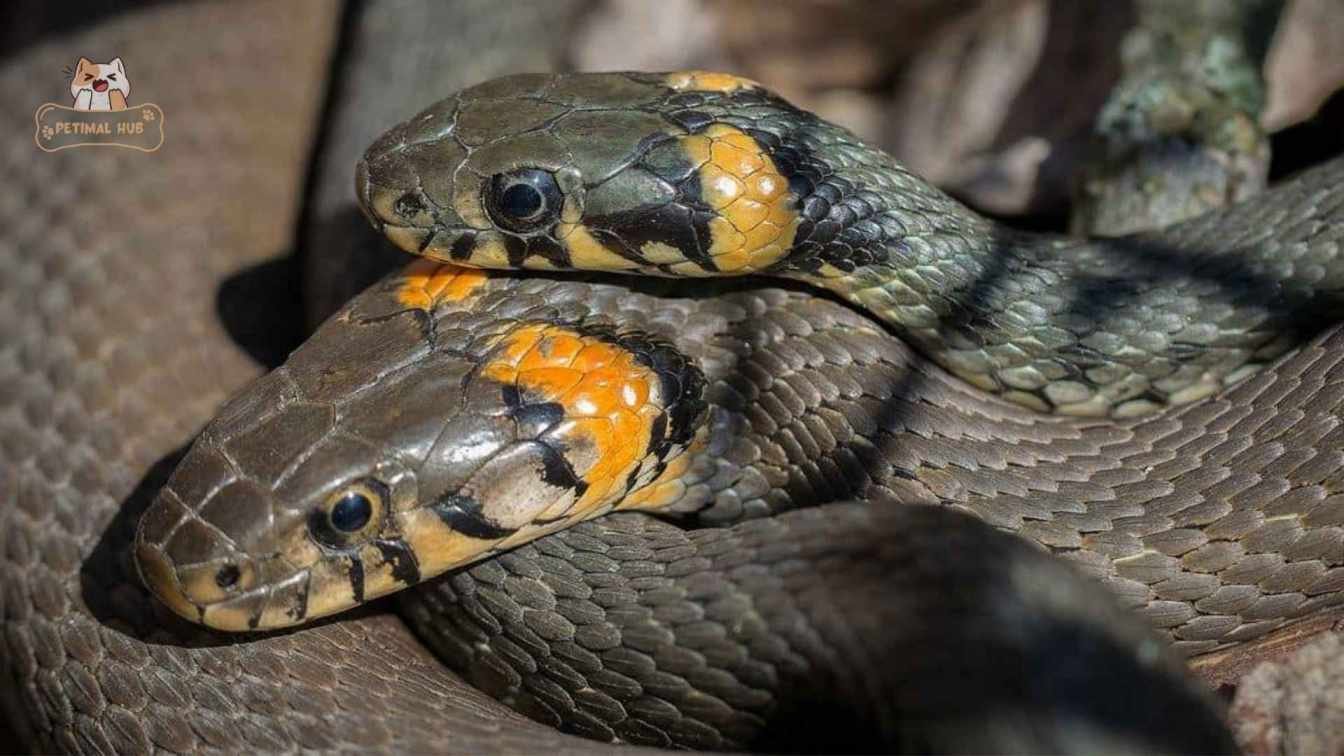
Ever wondered How Do Snakes Communicate? It’s not with words like ours, but they’ve got a fascinating way of communication. In this exploration, we’ll break down the basics of snake chatter in simple terms, covering everything from smelly messages to body language, vibrations, and the challenges they face when living with humans.
Table of Contents
ToggleSmelly Messages

Let’s kick things off with snake perfumes – pheromones. Snakes have their version of a smelly language that helps them communicate various things. It’s like sending messages with special scents instead of words.
- Finding a Date: When snakes are in the mood for love, they release specific smells. Boys have their scent, and girls have theirs. It’s like a snake dating app, but instead of texts, it’s all about fragrances.
- Stay Away Signs: Snakes mark their territories with these scents, saying, “This is my spot, keep out!” It’s like putting up a sign without uttering a word, just a whiff of warning.
- Finding Friends: Snakes use scents to locate their buddies. It’s like leaving a trail of scented breadcrumbs for friends to follow, creating a fragrant connection.
Snake Talk with Body Language
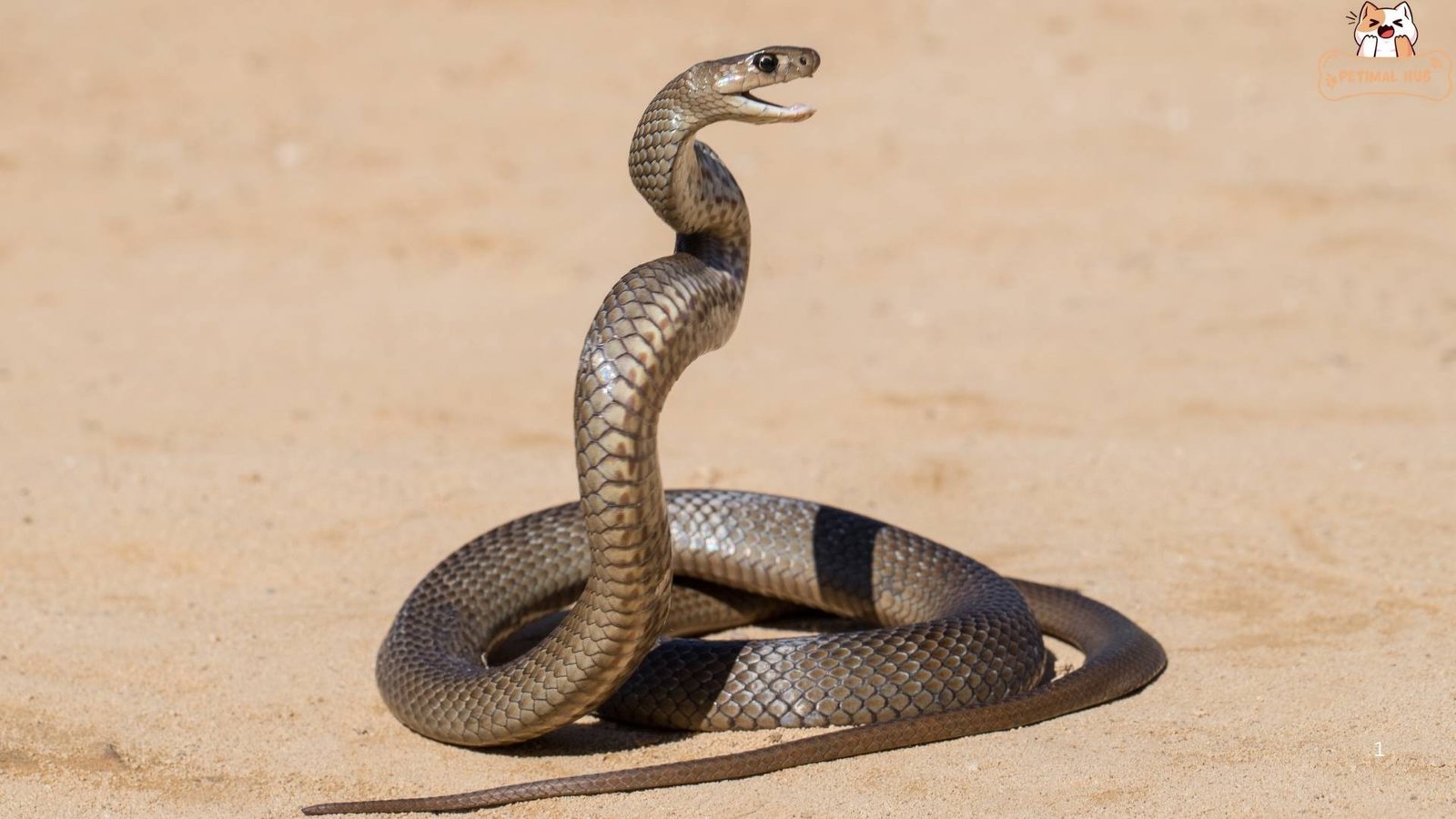
Now, snakes may not have arms or expressive faces, but they’re masters at conveying messages through body language. Think of it as a dance party without music. When a snake feels threatened, it puffs itself up and hisses. It’s like saying, “Back off, I’m not in the mood for visitors!” – a visual display of asserting boundaries. Snakes have unique moves to impress potential mates. They wiggle and twist in distinctive patterns. It’s like showing off your best dance moves to win someone’s heart.
Feeling the Vibes - Low-Frequency Whispers

Snakes can’t speak our language, but they’ve got a secret way of sending messages through vibrations. Think of it as a secret handshake but with the ground.
- Secret Vibes: Snakes create low-frequency sounds that we can’t hear but other snakes feel through the ground. It’s like saying, “Hey, I’m here!” without making any noise audible to us.
- Hunting Tricks: Snakes use these vibrations to locate food. It’s like having a built-in radar for finding tasty treats – a silent but effective communication strategy.
Also, Read More: What Do Snake Eggs Look Like?
Feeling the Ripples - Touching Without Touching
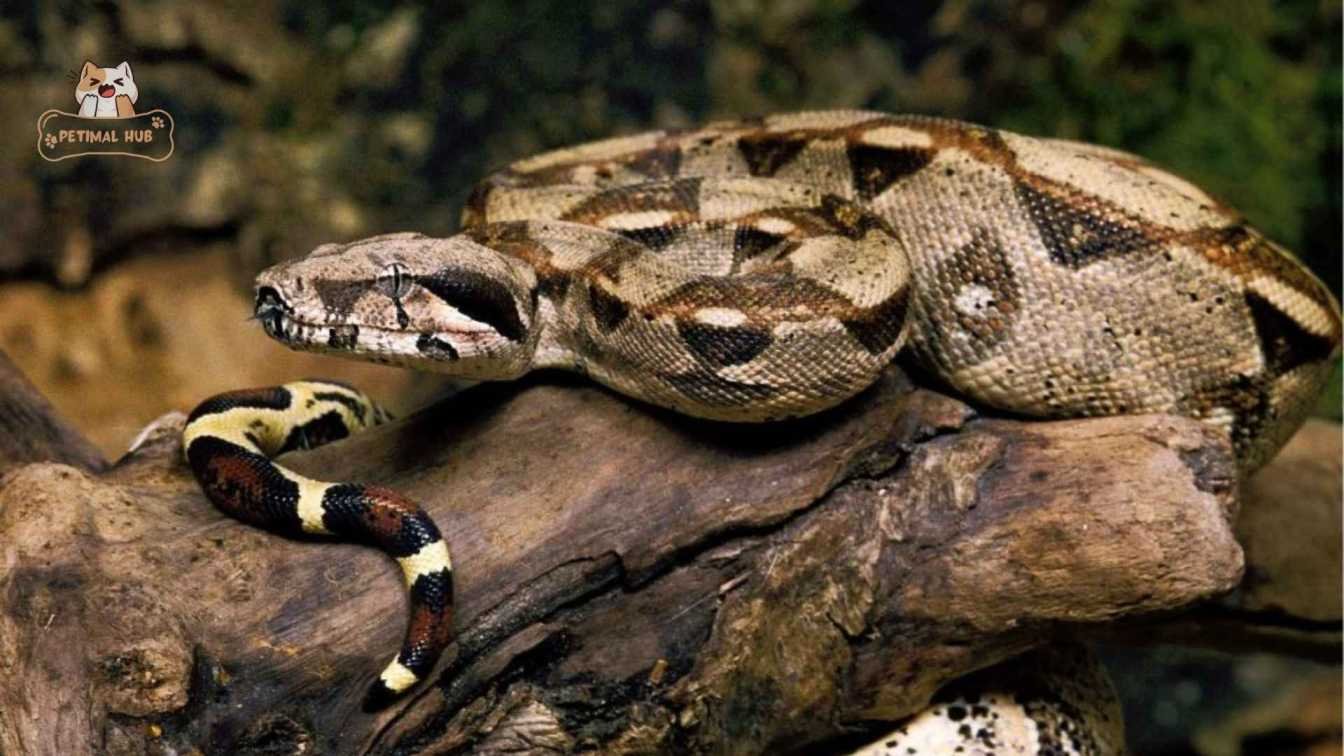
Snakes are touch experts, feeling everything around them without necessarily touching it. It’s like having eyes on your skin, a heightened sense of touch. Snakes use touch to catch their prey. They sense the smallest movements in the ground, like having superhero senses for hunting in the dark.
Snakes touch each other to communicate. They can tell if a friend is nearby just by feeling the ground. It’s like giving a friendly wave without lifting a hand – a tactile form of camaraderie.
Snake Friends - Hanging Out Together
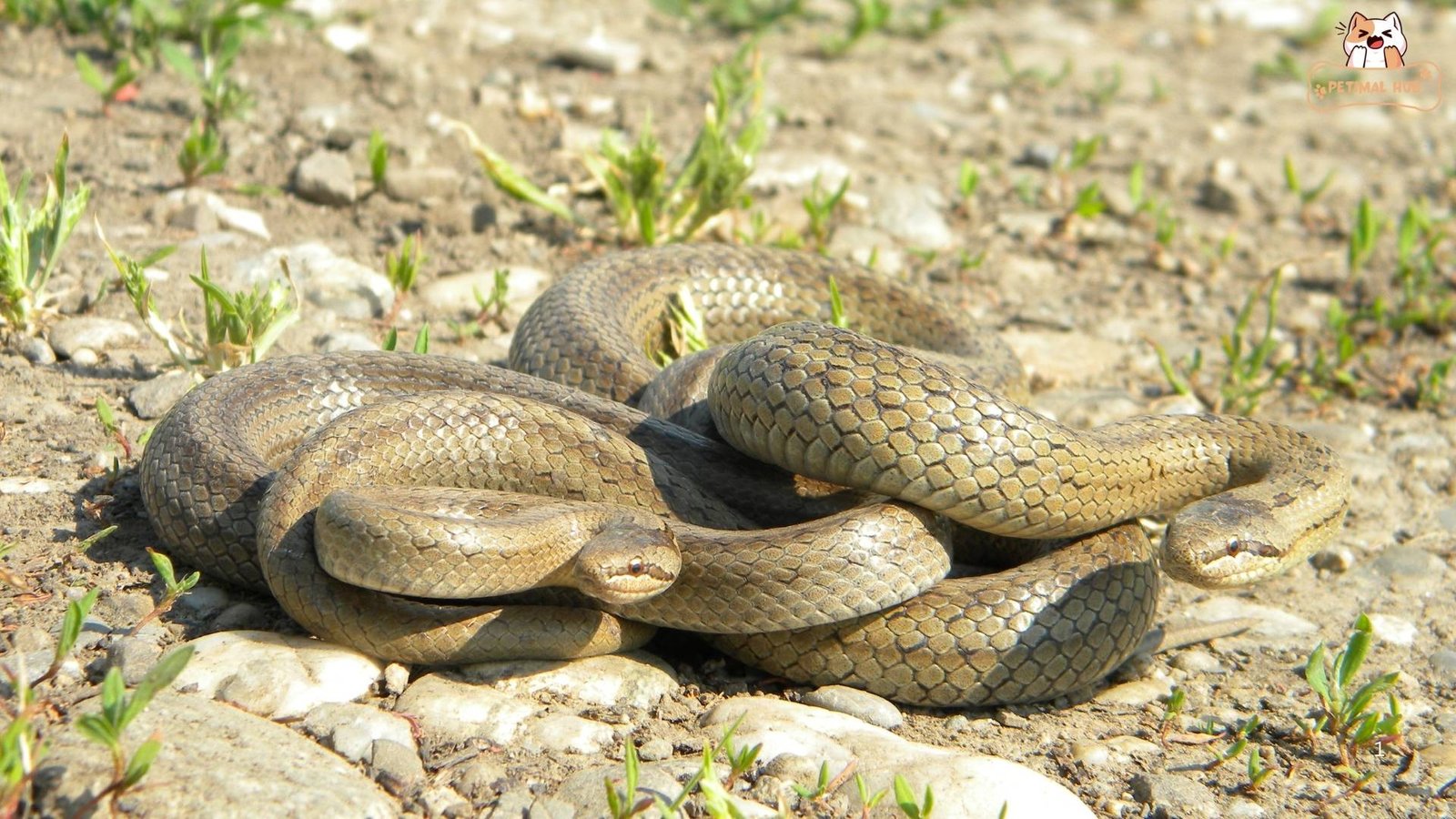
Contrary to the idea that snakes are loners, some enjoy having snake buddies. They chat, play, and work together like a snake family. Some snakes share homes. They use smells and body language to get along, like having roommates who understand each other without the need for words. Snakes team up to catch food, signalling each other to say, “Let’s hunt together!” It’s like having a hunting party with your snake pals – a coordinated effort for success.
Listening to Nature - Snakes and Their World
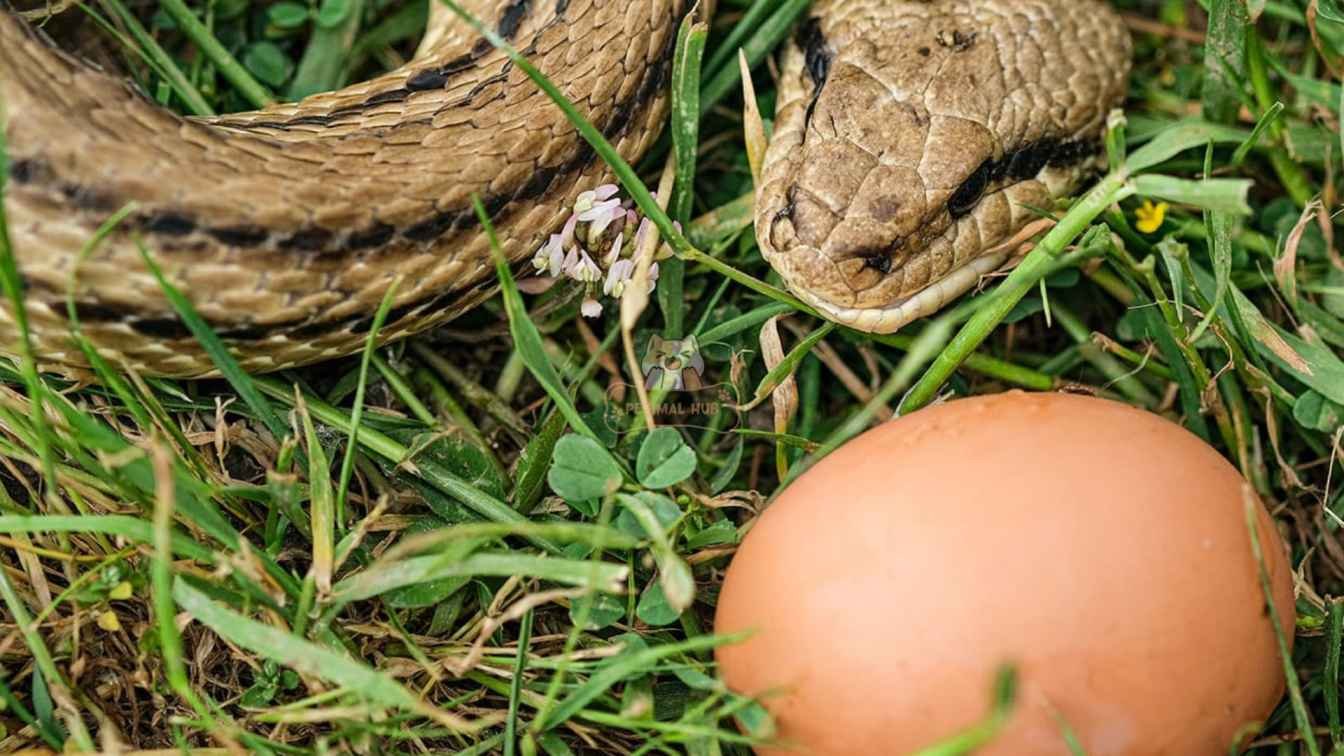
Snakes are savvy about their surroundings, understanding changes in temperature, humidity, and more. It’s like they’re reading the world around them without opening a book.
Snakes know how to find warm or cool spots, ensuring they stay comfortable. It’s like always knowing where to sit for the perfect temperature, a natural thermostat. Snakes feel changes in air pressure, helping them predict when it’s going to rain. It’s like having a built-in weather app, a natural way of staying prepared.
Also, Read More: What Colors Do Bees Hate?
Snakes in Homes - Making the Best of It

Sometimes, snakes live with humans who take care of them. Living in a confined space isn’t easy for them, but they try their best to communicate and be happy. Snakes might feel stressed in small homes. They might not talk the same way they do in the wild. It’s like being in a tiny room where you can’t stretch out, an adjustment to limited surroundings. Despite challenges, snakes can adapt to living in homes. They might change how they talk or move, like learning a new language or adjusting to a different lifestyle – a testament to their adaptability.
Method | Description |
|---|---|
Smelly Messages | Snakes use special scents called pheromones for various purposes, including dating, marking territories, and finding friends. |
Snake Talk with Body Language | Despite lacking arms and faces, snakes convey messages through body language, employing defensive moves, courtship dances, and mimicry. |
Feeling the Vibes: Low-Frequency Whispers | Snakes produce low-frequency sounds that we can't hear but feel through the ground, serving as a form of silent communication for location and hunting. |
Feeling the Ripples: Touching Without Touching | Snakes are touch experts, using their sense of touch for hunting and social interactions. They can sense the smallest movements in the ground and communicate through touch. |
Snake Friends: Hanging Out Together | Contrary to the idea that snakes are loners, some species engage in communal living, cooperative hunting, and social interactions with other snakes. |
Listening to Nature: Snakes and Their World | Snakes are attuned to environmental cues, such as temperature, humidity, and air pressure changes, aiding in their navigation and survival. |
Snakes in Homes: Making the Best of It | When living in captivity, snakes face challenges adapting to confined spaces. They may adjust their communication methods and behaviours to cope with the new environment. |
This table provides a concise overview of the different methods snakes use to communicate and interact with their environment and each other.
Conclusion
Snake communication is a fascinating world of smells, body language, vibrations, and touch. It’s like they’ve got their own secret language, a simple yet effective way of expressing themselves. The next time you encounter a snake, remember they’re not just slithering around—they’re engaged in a chat using their unique, natural forms of communication.





